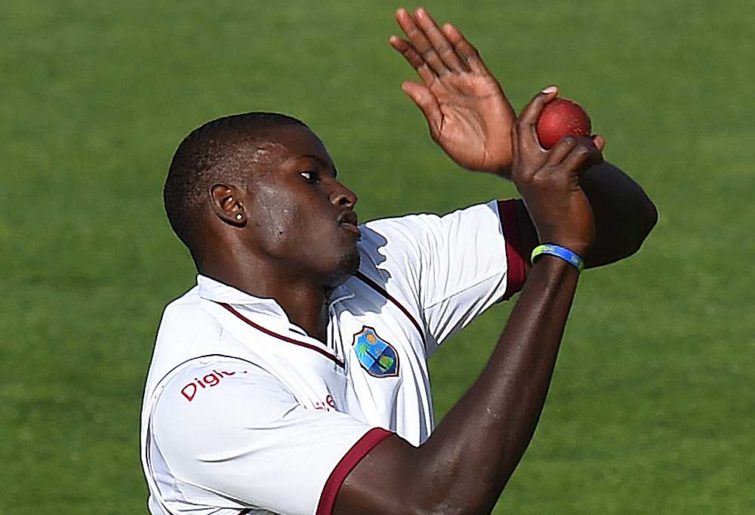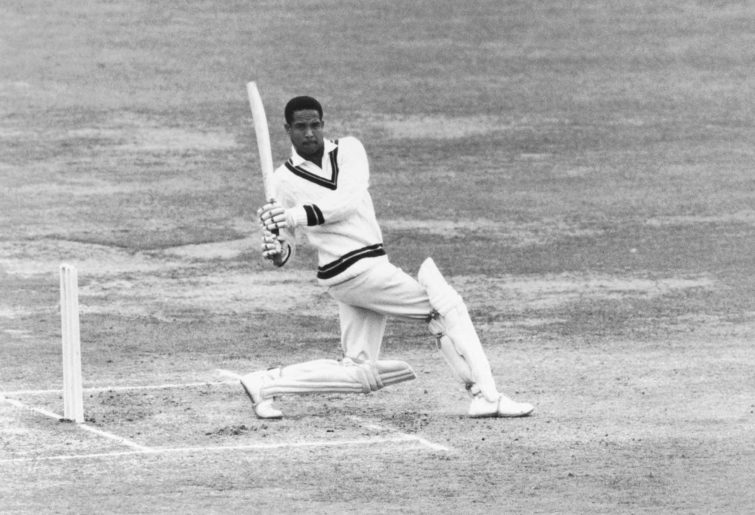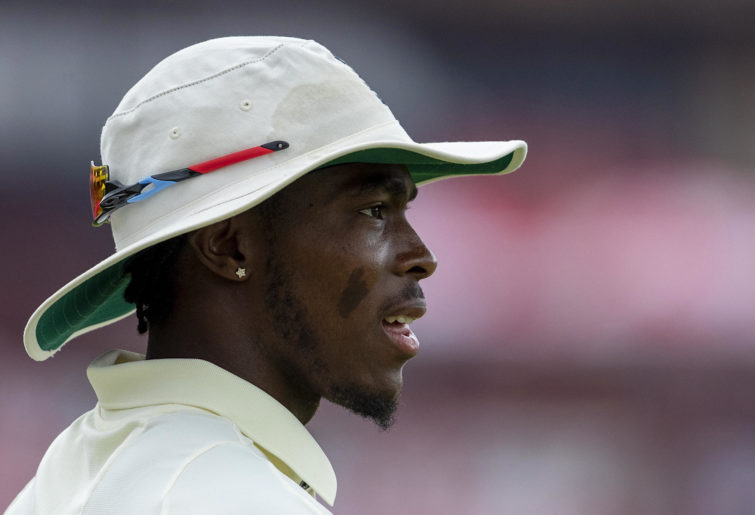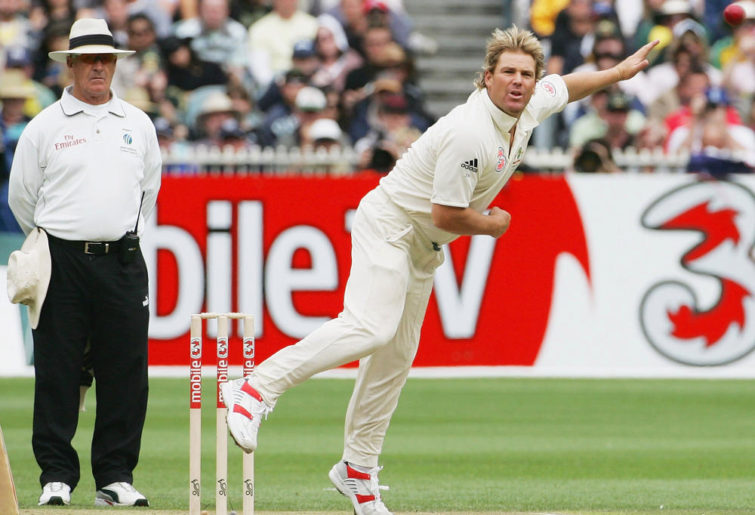So far, the cities from tenth to fourth places in siring Test cricketers have ranked as follows according to my ratings system: Christchurch, Johannesburg, London, Perth, Cape Town and Lahore.
It was pretty close between the last three named, with some Roarers making a solid case that the best Perth-born could match or beat Cape Town or Lahore.
Today’s article covers just third and fourth places to make it more digestible, and to make sure these two cities get their due.
Fourth place: Bridgetown, Barbados (population 110,000)
Batting-bowling differential: +155
Kraigg Brathwaite – 56 Tests (2011-), average 35
Seymour Nurse – 29 Tests (1960-69), average 48
Everton Weekes – 48 Tests (1948-58), average 59
Clyde Walcott – 44 Tests (1948-60), average 57
Frank Worrell (captain) – 51 Tests (1948-63), average 50
Garfield Sobers – 93 Tests (1954-74), average 58, 235 wickets at 34
Denis Atkinson – 22 Tests (1948-58), average 42, 47 wickets at 35
Shai Hope (wicketkeeper) – 30 Tests (2015-), average 27
Jason Holder – 40 Tests (2014-), average 33, 106 wickets at 26.4
Malcolm Marshall – 81 Tests (1978-1991), 376 wickets at 20.9
Wes Hall – 48 Tests (1958-69), 192 wickets at 26.4
12th man: John Goddard (West Indies captain 1948-57)
Reserves: Vanburn Holder, David Holford, Jofra Archer
That’s not a bad line-up for a town about the same size as Ballarat or Bendigo and a bit smaller than Darwin or Toowoomba. Bridgetown has a fraction of the population of the cities in the top ten, all of which except Christchurch number two million or much more.
The Bridgetown-born side contains six members of the ICC Cricket Hall of Fame, five knighted sirs, the greatest ever all-rounder in Sobers, and a strong candidate for best ever fast bowler in Marshall.
While most of the city’s greatest players were born between the 1920s and the 1950s, the XI does include three of the current Windies team, including captain Jason Holder.

Jason Holder. (AAP Image/Dave Hunt)
The batting line-up is perhaps the strongest of all cities, and it’s certainly the strongest middle order. A slight weakness at opener with Kraigg Brathwaite is balanced by a powerful tail. Number eight Shai Hope normally bats at three or four and is currently the Windies’ leading ODI batsman, averaging over 50. Holder almost qualifies as an all-rounder while Marshall averaged 21 with ten Test fifties.
Lack of a top-drawer spinner is the main reason Bridgetown doesn’t rank even higher. Sobers shares the spin duties with Denis Atkinson, a fine off-spinning all-rounder who mentored the teenage Sobers at club level, and captained three matches against Australia.
Sobers could bowl both left-arm orthodox and wrist spin, but became more of a seamer over time. He ranked as high as fourth place on the retrospective ICC bowling rankings in 1964. Sobers finished second in wickets and bowling average on the Windies’ 1966 tour of England, which the Windies won 3-1, while topping the batting with an average of 101.
A measure of Sobers’ batting is that he ranks first on the retrospective ICC ratings for all but three years between 1959 and 1973. His 12 years at the top even edges out Bradman (11) for heading the ratings at the end of a calendar year in which Test cricket was played. The next best are Jack Hobbs (nine), Clem Hill (seven) and Viv Richards (six).

Garfield Sobers. (Photo by S&G/PA Images via Getty Images)
Sobers makes a formidable middle other with three other cricketing knights: the three Ws of Everton Weekes, Frank Worrell and Clyde Walcott. Weekes, Sobers and Walcott occupy fifth, seventh and tenth places respectively in the all-time averages for batsmen with a minimum of 25 Tests. The other Bridgetown knight is fast bowling great Wes Hall, who sent down the final over of the Brisbane Tied Test in 1961.
The three Ws, who made their Test debuts in the same game against England in 1948, represent a striking conjuncture of space and time. The three were born within 17 months of each other in 1924 to ’26 and within a mile of Kensington Oval in Bridgetown. Walcott believed that the same midwife delivered each of them.
The posthumous naming of the Frank Worrell Trophy for Australia-West Indies Tests reflects the esteem in which Worrell was held as captain. Half a million people lined the streets of Melbourne in the ticker tape farewell given to Worrell and his men at the end of their 1960-61 tour.
Atkinson, born only a few months after the three Ws, shares the world record seventh-wicket Test partnership of 347 with Clairmonte Depeiaza (another Barbados man), compiled against Australia in 1955 at Kensington Oval. They came together with the score on 6-146 and Sobers and the three Ws dismissed. Atkinson, skipper for this match, went on to make 219 against a strong Aussie attack.
Seymour Nurse was a powerful middle-order batsman, but had less success on the several occasions he was asked to open. He holds the record for most runs in a player’s final Test innings – 258 in New Zealand in 1969. He also scored a double century against Australia in 1965.
Current ODI keeper Shai Hope takes the gloves rather than Walcott, who kept in his early years but relinquished the role due to back problems in 1952. Walcott averaged 65 with the bat over the remaining eight years of his career.
Jofra Archer is another recent Bridgetown product, who represented the Windies at under-19 level before moving to England. While his performance in the Ashes last year was highly impressive, he doesn’t qualify for this side in terms of minimum Tests or bowling average.

Jofra Archer. (AP Photo/Themba Hadebe)
Bridgetown hasn’t hogged all the good Barbados players, despite it being a small island (less than a quarter the size of the Melbourne metropolitan area). A Barbados country-origin team of players born in smaller villages outside the capital would include Gordon Greenidge, Desmond Haynes, Conrad Hunte, Shane Dowrich, Joel Garner, Charlie Griffith, Wayne Daniel and Kemar Roach. That’s one of the best Test opening partnerships backed up by some of the Windies’ meanest fast bowlers.
Bridgetown doesn’t just stand out at a world level in punching above its weight but also in the West Indies, being a fraction the size of Kingston and Port-of-Spain (both well over one million) and having half the population of Georgetown, Guyana.
Third place: Melbourne (population five million)
Batting-bowling differential: +165
Bill Ponsford – 29 Tests (1924-34), average 48
Bill Lawry (captain) – 67 Tests (1961-71), average 47
Neil Harvey – 79 Tests (1948-63), average 48
Bob Cowper – 27 Tests (1964-68), average 47
Dean Jones – 52 Tests (1984-92), average 47
Jack Ryder – 20 Tests (1920-29), average 52
Keith Miller – 55 Tests (1946-56), average 37, 147 wickets at 23
Peter Nevill (wicketkeeper) – 17 Tests (2015-16), average 22
James Pattinson – 21 Tests (2011-), 81 wickets at 26.3
Paul Reiffel – 35 Tests (1992-98), 104 wickets at 27
Shane Warne – 145 Tests (1992-2007), 708 wickets at 25.4
Second XI: Colin McDonald, Keith Stackpole, Matthew Elliott, Graham Yallop, Ian Johnson, Rodney Hogg, Colin Miller, Jack Iverson, Jack Blackham, Vern Ransford, Harry Trott, Hugh Trumble (last four pre-1914).
The Melbourne team looks a fraction weaker than Bridgetown overall but superior at opening bat with Lawry and Ponsford, and in the spin department. Its three ICC Hall of Fame members are Harvey, Miller and Warne.

Keith Miller. (Photo by Topical Press/Getty Images)
Melbourne’s batting-bowling differential is perhaps artificially boosted by taking advantage of Jack Ryder’s batting average. To get a better balance I might select off-spinner Ian Johnson instead of Ryder and bat Miller at six, although Ryder was also a useful pace bowler in his younger years. But this would drop Melbourne below Barbados under this ranking method. Hugh Trumble would be the off-spinner if I included pre-1914 players.
While Ryder’s average looks a bit flattering, he did well enough against England on home soil, notably 201 not out and 88 in the third Test in Adelaide in 1925, which helped clinch an 11-run win and the series. Dubbed the King of Collingwood, Ryder held the record for matches played and runs scored in Melbourne district cricket for over 50 years.
The King of Spin is key to Melbourne’s position in the rankings. Shane Warne’s nine-run lower bowling average than the two Bridgetown spinners translates into about 23 runs’ advantage in the batting-bowling differential. His sheer match-winning potential is harder to put a number on.

Shane Warne. (Hamish Blair/Getty Images)
Some fans might prefer Rodney Hogg – a Melbourne native who played Sheffield Shield for South Australia – to Pattinson or Reiffel, but the latter duo’s marginally superior bowling averages and better batting earn them selection here.
Long-time NSW keeper Peter Nevill, born in Melbourne, is the obvious outsider. No other Melbourne-born keepers since 1920 have earned more than a handful of caps. Len Maddocks played seven Tests in the 1950s and Richie Robinson played three as a specialist batsman in the ‘70s. Going back to the 19th century, the first great Australian and international keeper, Jack Blackham, was born in Fitzroy (as were Bill Ponsford and Neil Harvey).
While Victoria’s best have mostly been Melbourne-born, several of the state’s favourites were born and spent their early years outside the capital, including Lindsay Hassett, Bill Woodfull, Ian Redpath, Merv Hughes, Bill Johnston and Peter Siddle.
Next time: the top two spots.


































































































